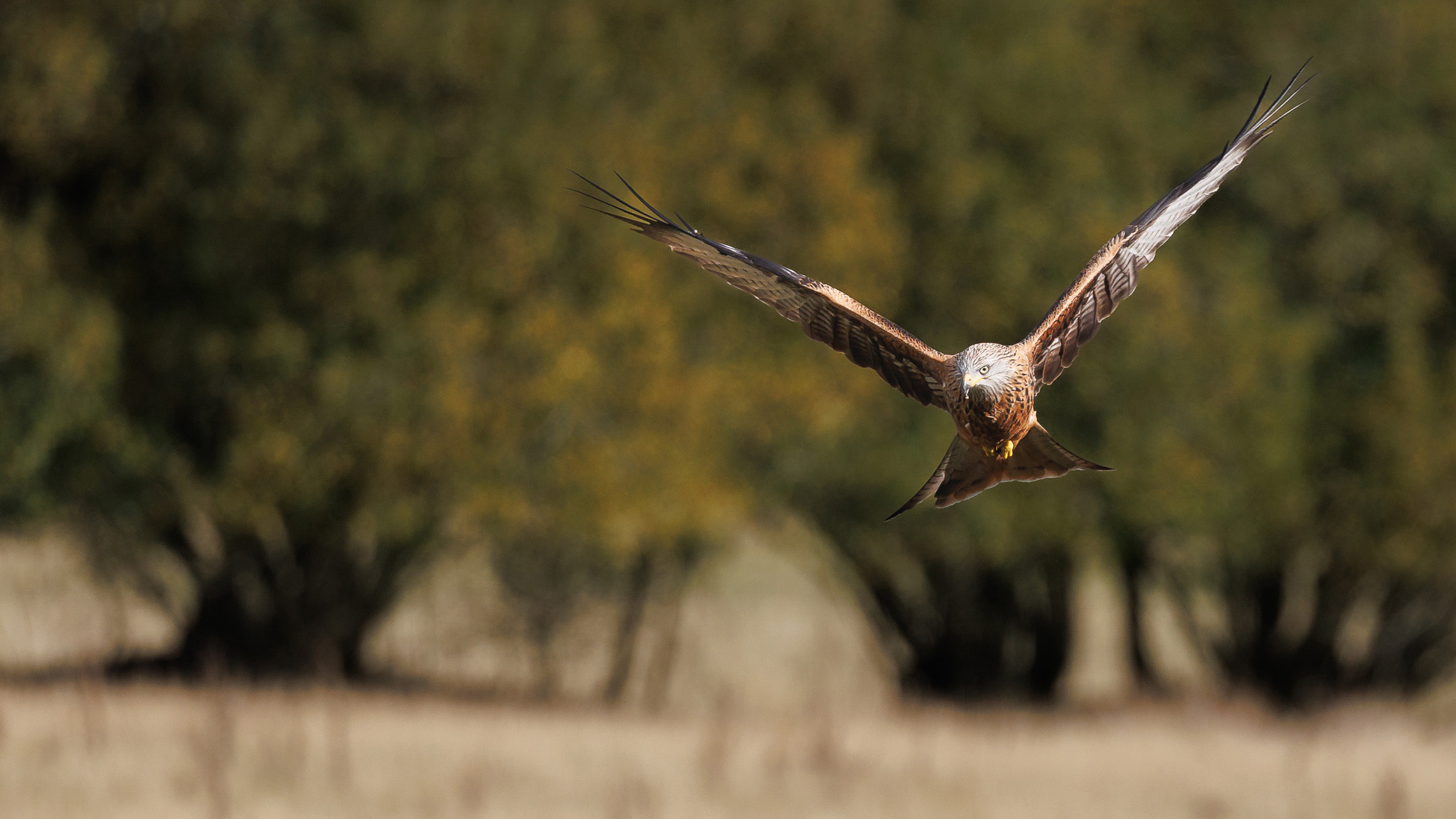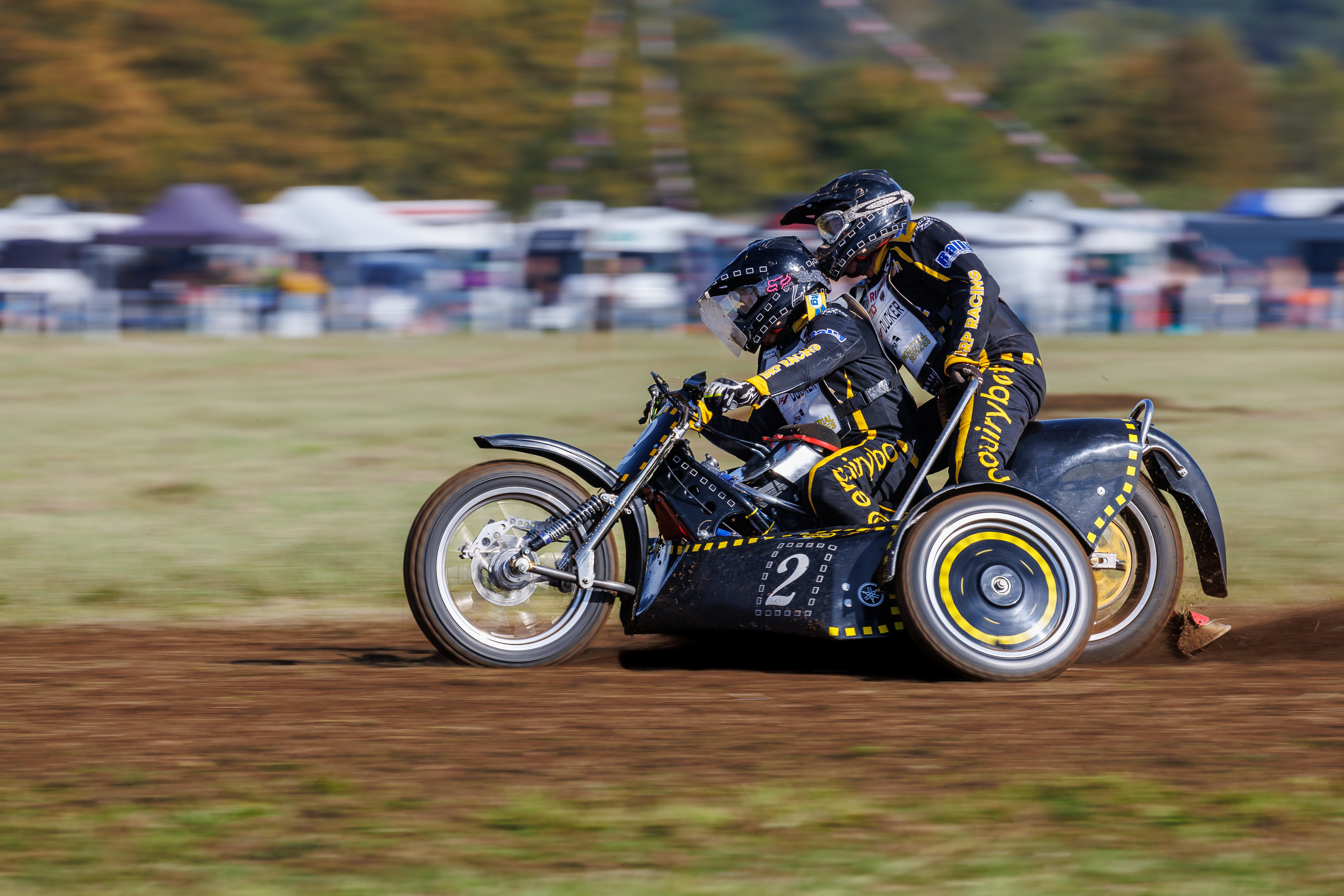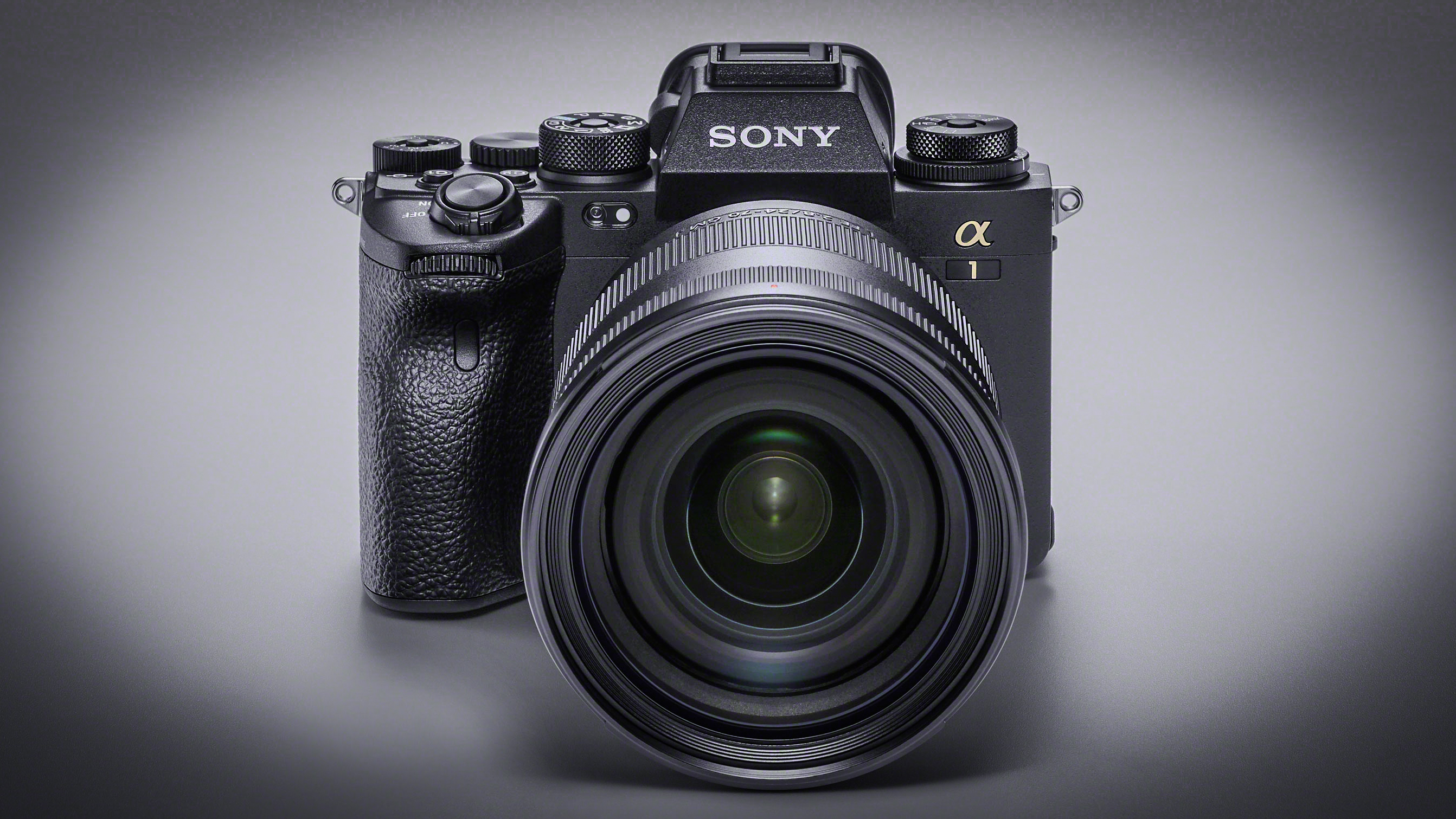Advanced mirrorless AF settings for action photos on your Canon EOS camera
Optimize autofocus case settings on your Canon camera for different kinds of subject movement

Action photos require your EOS camera to track a subject and continually update focus until the photo is captured. Selecting Servo AF is only the most basic step to make this happen. Many cameras have a range of additional settings to refine how a camera autofocus responds to different subject dynamics.
Almost regardless of the actual subject speed, it’s how it moves that determines how AF needs to respond; a fast car on a race track moving towards or away from the camera is consistent and quite easy for the camera to predict where it will be when the photo is taken. A small bird in flight changes direction much more rapidly and so benefits from different focus settings to maximize the chance of each shot being sharp.
Most EOS R System cameras have a range of subjects that can be detected to aid positioning of the AF point, but it doesn’t change how the camera focuses. This is why AF cases are important. Mirrorless cameras have four preconfigured AF cases, plus an auto case that profiles the subject movement and selects suitable settings automatically. Auto is suitable for all general photography, but there are situations requiring a specific response.

Brian is a freelance photographer and photo tutor, based in Oxfordshire. He has unrivaled EOS knowledge, after working for Canon for over 15 years, and is on hand to answer all the EOS and photographic queries in Canon-centric magazine PhotoPlus.
AF Tracking
Each AF case has two parameters; tracking sensitivity, and acceleration or deceleration tracking. Tracking sensitivity is used to change the AF response when the in-focus subject moves away from the AF points. Selecting negative values keeps the initial subject in focus even if they briefly move away from the AF point. Selecting positive values makes the camera start tracking new subjects even at different subject distances. You don’t want the camera to focus on a closer tree when you’re panning with a bird in the woods, yet you may want to track a player who has run in to tackle the one you were following. Acceleration and deceleration tracking changes the response to changes in the subject acceleration, deceleration or stopping.
Think of the basketball player that runs with the ball, then stops to take a shot at the hoop. Positive settings make the AF respond more quickly and track erratic subjects, but focus can be inconsistent. Negative values are better for subjects like vehicles that move at consistent speed. Choose AF case 2 for track-based motorsports, case 3 for photographing fast moving and smaller birds in-flight, and case 4 for small children and pets at play.
PhotoPlus: The Canon Magazine is the world's only monthly newsstand title that's 100% devoted to Canon, so you can be sure the magazine is completely relevant to your system. Every issue comes with downloadable video tutorials too.
If this article was of interest you might also like to find out more about the best Canon cameras, along with the best Canon DSLR lenses or best Canon RF lenses for mirrorless bodies.
The best camera deals, reviews, product advice, and unmissable photography news, direct to your inbox!
Brian is a freelance photographer and photo tutor, based in Oxfordshire. He has unrivaled EOS DSLR knowledge, after working for Canon for over 15 years, and is on hand to answer all the EOS and photographic queries in Canon-centric magazine PhotoPlus.


